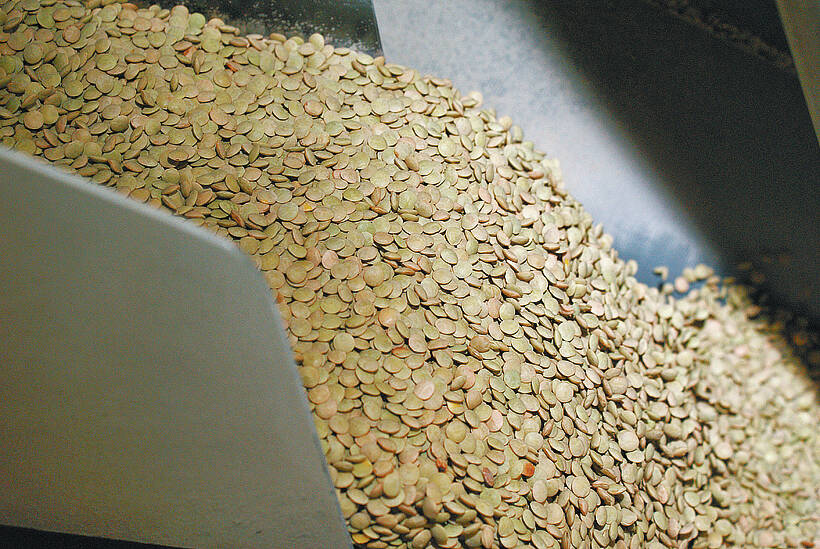Asian flu not proven culprit
Weak Asian demand is regularly trotted out these days as one reason for low hog prices.
But according to Agriculture Canada figures to Nov. 14, pork exports to all countries were up one percent compared to the same time in 1997.
The federal figures break down sales into four groups – United States, Japan, Mexico and “others,” many of which are Asian countries.
Of course the lion’s share of pork exports went to the U.S. with 173,000 tonnes, or about 46 percent of the total. That’s up one percent from 1997.
Read Also

Green lentil market oversupplied
Farmers in Western Canada can expect price pressure on their new crop of green lentils, as the available supplies among the world’s major lentil-growing nations increase significantly.
But pork sales to Japan are more than 67,000 tonnes, up a little more than two percent over 1997.
Sales to “other” countries are almost 116,000 tonnes, also up about two percent.
This sales growth is modest compared to increases between 1996 and 1997, which saw a 13 percent jump overall and 14 percent rise in trade with Japan.
But they are increases nevertheless, and show that the bottom did not drop out of the Asian market, at least in terms of quantity purchased.
The big problem was on the production side and the changing structure of the industry.
Big operations are expanding faster than small ones are getting out.
Not only are there more hogs, but the sow herd is producing more pigs per litter.
United States Department of Agriculture data shows that from December 1995 to February 1996, the average litter size was 8.43 pigs per sow. By the June to August 1998 period, the litter size increased to 8.72.
As the industry moves to bigger units of production, litter size improves. USDA figures show herds with 1-99 head have 7-7.5 pigs per litter while units with 5,000 and more head have almost nine head per litter.
The shift to the “new” hog herd is a bit like the adjustment needed when you buy a new, higher-horsepower car. You can’t press as hard on the accelerator because if you do, you’ll spin out of control.
U.S. reports on acres
On Jan. 12 the USDA will put out its first report on winter crop seeded acreages.
Most analysts expect American farmers will have seeded fewer acres to winter wheat. They also reduced acreage last year, but record-high yields stopped production from falling much.
With normal yields this year, production should drop substantially.
And if there are serious weather problems, the situation could become volatile.














